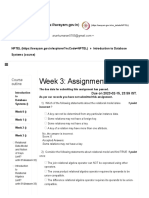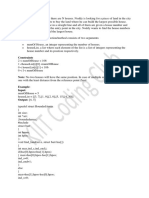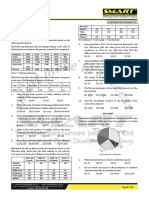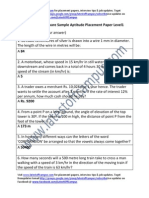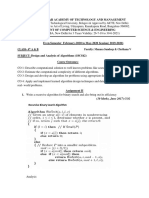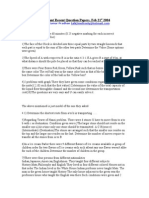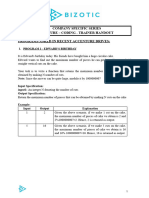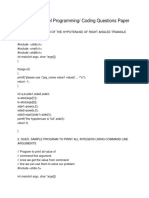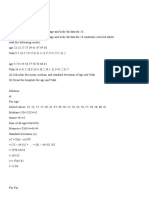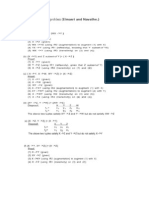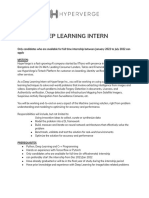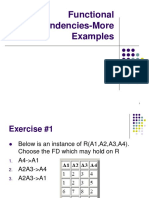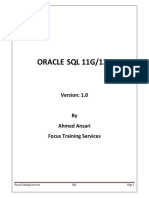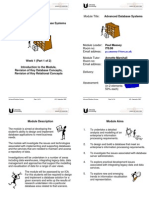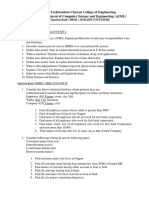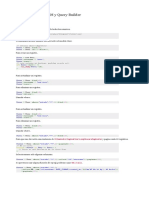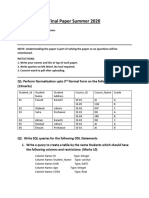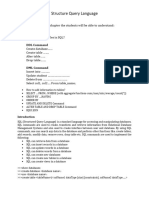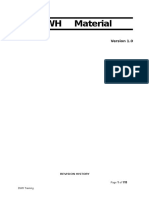0% found this document useful (0 votes)
462 views9 pagesDB Part1
The document contains questions related to functional dependencies and database normalization.
1. There are several questions asking to determine the number of functional dependencies, candidate keys, or super keys satisfied by given relations and sets of functional dependencies.
2. Other questions involve decomposing relations into BCNF or 3NF and determining if the decompositions are lossless and dependency preserving.
3. Additional topics covered include attribute closure, determining if decompositions satisfy lossless join and dependency preservation properties, and identifying which statements about functional dependencies and normal forms are correct.
Uploaded by
Rahul JakilankiCopyright
© © All Rights Reserved
We take content rights seriously. If you suspect this is your content, claim it here.
Available Formats
Download as PDF, TXT or read online on Scribd
0% found this document useful (0 votes)
462 views9 pagesDB Part1
The document contains questions related to functional dependencies and database normalization.
1. There are several questions asking to determine the number of functional dependencies, candidate keys, or super keys satisfied by given relations and sets of functional dependencies.
2. Other questions involve decomposing relations into BCNF or 3NF and determining if the decompositions are lossless and dependency preserving.
3. Additional topics covered include attribute closure, determining if decompositions satisfy lossless join and dependency preservation properties, and identifying which statements about functional dependencies and normal forms are correct.
Uploaded by
Rahul JakilankiCopyright
© © All Rights Reserved
We take content rights seriously. If you suspect this is your content, claim it here.
Available Formats
Download as PDF, TXT or read online on Scribd
/ 9

